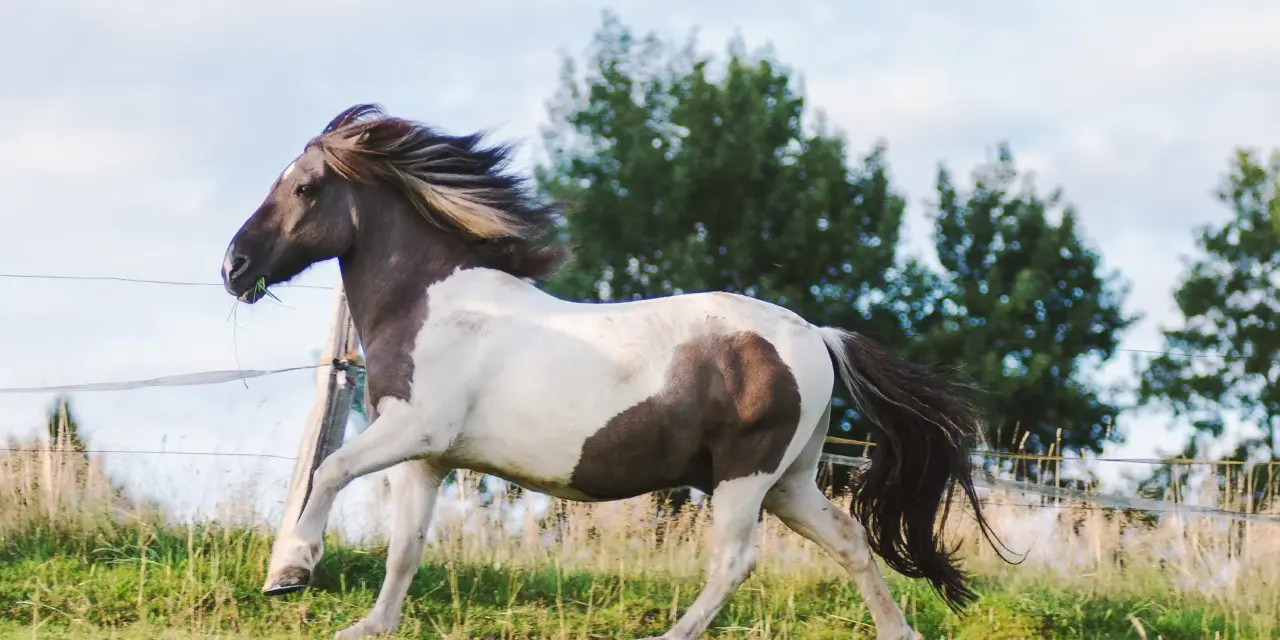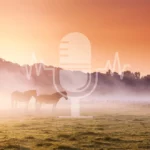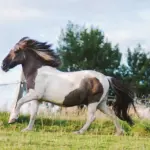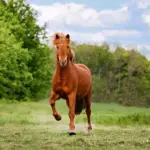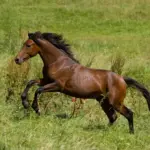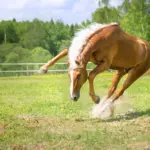Why scales, body condition scoring and gut feeling are often misleading
Key points at a glance:
- Weight alone is not a reliable indicator of whether a horse is over- or underweight.
- Day-to-day condition, fluid balance and how full the digestive tract is can vary the weight by ± 20–40 kg.
- Horse shapes vary greatly: being slim does not automatically mean ‘too thin’, and being compact does not automatically mean ‘fat’.
- The body condition score (BCS) only provides reliable results for warmblood-type horses.
- The Sanoanimal App distinguishes between different horse types and can differentiate fat, muscle and lymph.
- Follow-up checks are crucial for well-informed management decisions.
Weight alone tells you very little
A look at the scales can be highly misleading when it comes to horses. If the mobile horse scale was last at the yard in late autumn, when the pastures had been grazed bare, the same horse may weigh considerably more in spring after coming in from four hours on lush grass — even though it looks exactly the same. How can that be?
Even the fill level of the gut and bladder, the body’s fluid balance or an upcoming coat change can cause weight to fluctuate by 20 to 40 kilograms — without any real change in body condition. For management purposes, the number of kilos can be a useful reference, especially if the horse is always weighed at the same time of year, but it is not suitable as the sole basis for assessing nutritional status.
Keep horse types in mind
From the slim Thoroughbred to the heavy draft horse, the range of equine body types is wide. Thoroughbreds often appear very lean when in ideal condition: long, flat muscles and little crest on the neck. Baroque horses or draft breeds naturally carry more mass and rounded shapes, as do most western horses. Pony types tend to have a very rounded ribcage, which can make them look “chubby” without necessarily being overweight.
“Compact” should not be confused with “fat” — just as “slim” does not automatically mean “too thin”. A Gypsy Cob will naturally look more substantial and show more pounds on the scales than an Arab of the same height. What really matters is where any excess fat is stored and whether the horse’s condition changes over time.
Body condition score and its benefits and limitations
The body condition score (BCS) was developed because using a scale for horses only works to a limited extent. Instead, it assesses fat deposits at typical areas such as the crest of the neck, the shoulder–chest junction, ribs, loin and tailhead. The goal is for the ribs to be easy to feel but not visible, for the body lines to appear smooth, and for there to be no pronounced fat pads.
However, the BCS has two weaknesses: it more or less lumps together muscle, fat and lymph, and it does not take the horse’s type into account. As a result, the BCS is really only reliable for warmblood horses. With other breeds, it can lead to significant misjudgements.
The Sanoanimal app – more reliable than scales and BCS
The free Sanoanimal app takes you step by step through assessing your horse. It takes the horse’s type into account, differentiates between muscle, fat and lymph, and stores the results for tracking over time. This makes it possible to see, for example, whether a weight gain is due to desirable muscle development, to fat accumulation from reduced training, or to lymphatic build-up — for instance during the coat change.
Practical tips
- Don’t fixate on the number of pounds – instead, take regular photos from the same angles and use the App. This makes it easier to spot changes earlier and more accurately.
- Take the horse’s type into account: a strong neck can be typical of certain breeds or even of stallions. However, unusual fat pads, a hard crest, or swelling of the sheath are warning signs.
- Rib check: you should always be able to feel the ribs easily. When the horse bends, they should also become visible on the outside. If a horse seems to have no ribs at all, it is probably overweight — whether due to fat or lymph needs to be assessed next.
Better decisions for feeding, training and management
Anyone who can accurately assess their horse’s body condition can adapt feeding, training and management in a targeted way. Combining type assessment with the ability to distinguish between muscle, fat and lymph — and tracking changes over time — makes it possible to create an appropriate feeding plan and, if necessary, a therapy and training programme that leads to sustainable weight regulation. If you are unsure, you can use the Sanoanimal therapist network to get an impartial professional assessment — including advice on suitable feed adjustments or training changes.
- Podcast #3 – Autumn Pasture to Paddock Transition: How to Ensure a Smooth Transition from Grass to Hay - 11. September 2025
- Is my horse really overweight? - 8. September 2025
- Fact Sheet: Myopathies - 29. August 2025

